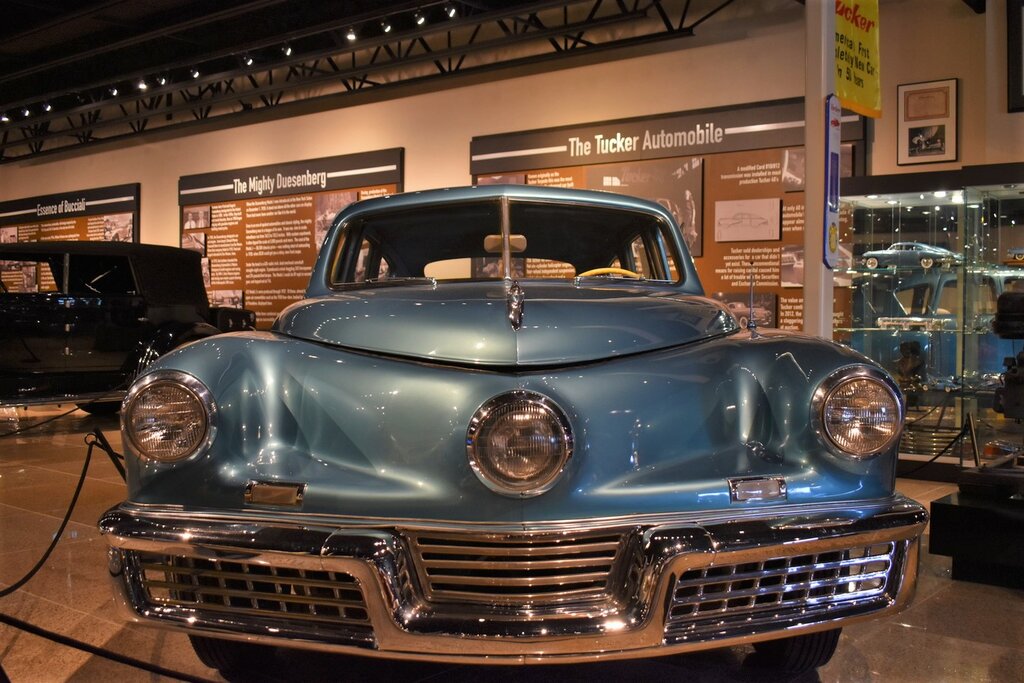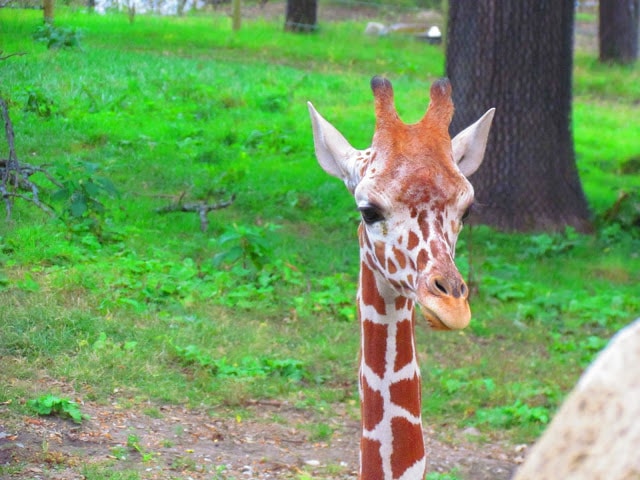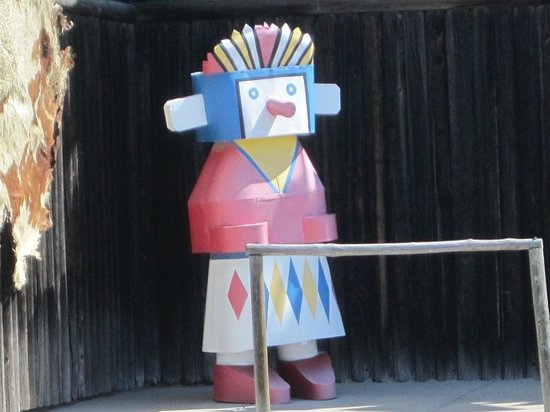America’s love affair with racing likely began when the second car was assembled. Can you imagine being the first person to own an automobile? We picture the first drivers traversing the landscape, wondering how their driving skills stacked up to others. When we discovered that Lincoln, Nebraska is home to the Museum of American Speed, we knew a visit was in the cards. With 150,000 square feet of displays, we knew that we were going to be here for a while. Unbeknownst to us, this place goes far beyond displaying a bunch of fast cars.
We want to thank the Museum of American Speed for hosting our visit. Rest assured all opinions are our own.
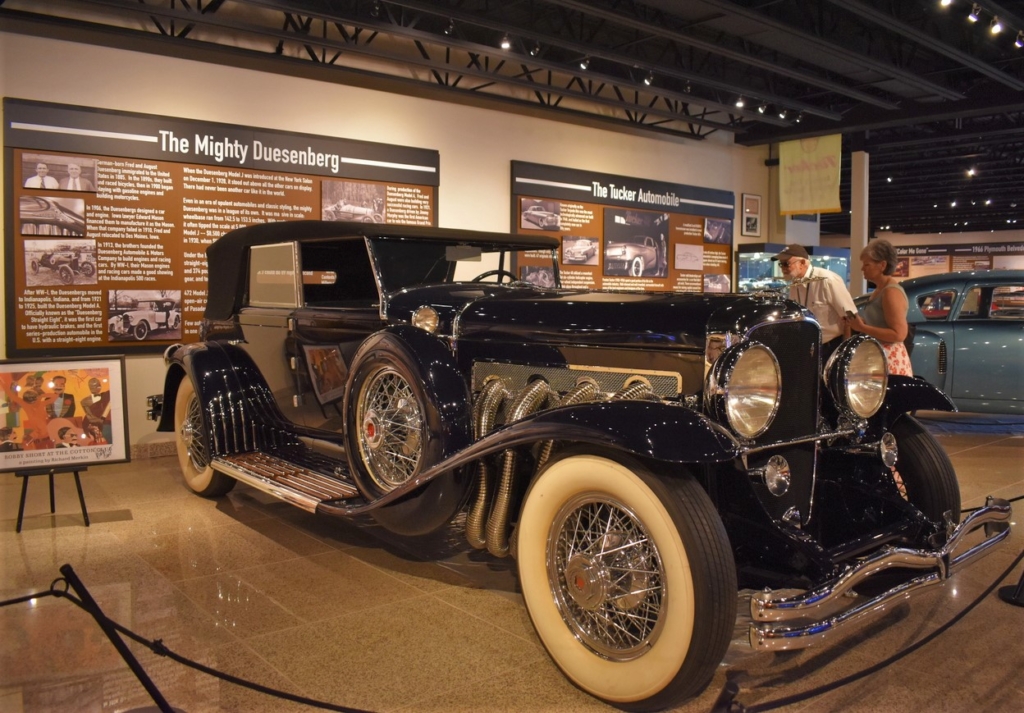
Autos Hit the Road
In 1886, Carl Benz debuted his Benz Patent-Motorwagen, which is widely regarded as the birth of the car. Not surprisingly, one of the first arranged races took place the next year. These early gasoline-powered vehicles were much slower than today’s, but people also faced unpaved road courses. I can almost imagine the bumpy rides they faced, as they flew down the course at speeds of up to 10 mph. In 1896, the first gas vehicle sped down the streets of Detroit at 20 miles per hour, dodging people and wagons. Before long, many others would join the field of automobile manufacturing, and cars would be found all across the country. As vehicle technology improved, vehicles were built for the purposes of consumer usage and racing. A brand’s ability to win major races would help sell its cars to the American public.
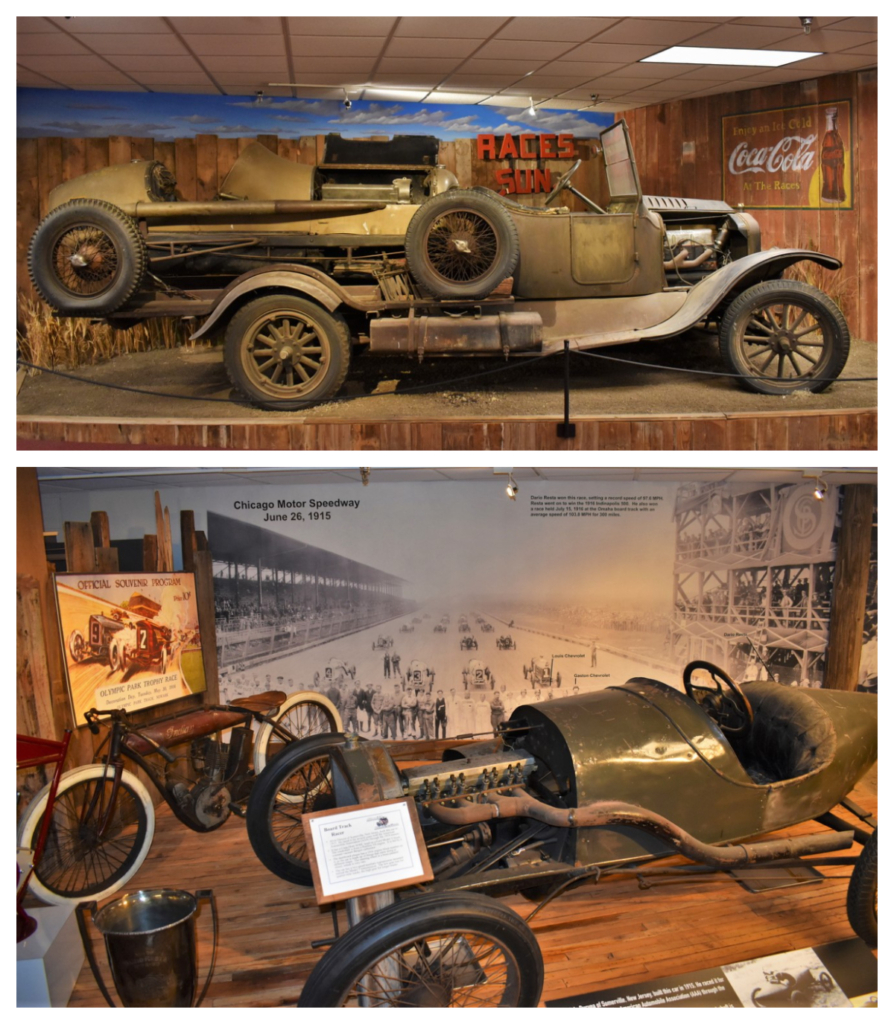
The Early Days of Racing
While European racing was performed on closed road courses, in America the preference was large oval tracks. These were designed to make viewing easier for spectators, propelling the sport’s popularity. Taking a page from bicycle and motorcycle racing, some tracks were constructed with wooden floors. This provided a smooth, fast surface. As America’s love affair with racing grew, a variety of racing styles appeared. Each category had its own specific rules and vehicle specifications. As soon as new rules were developed, you can bet that racing teams pushed the limits. As we toured the museum, it was intriguing to see how simple the motors of these early machines look in comparison to today.
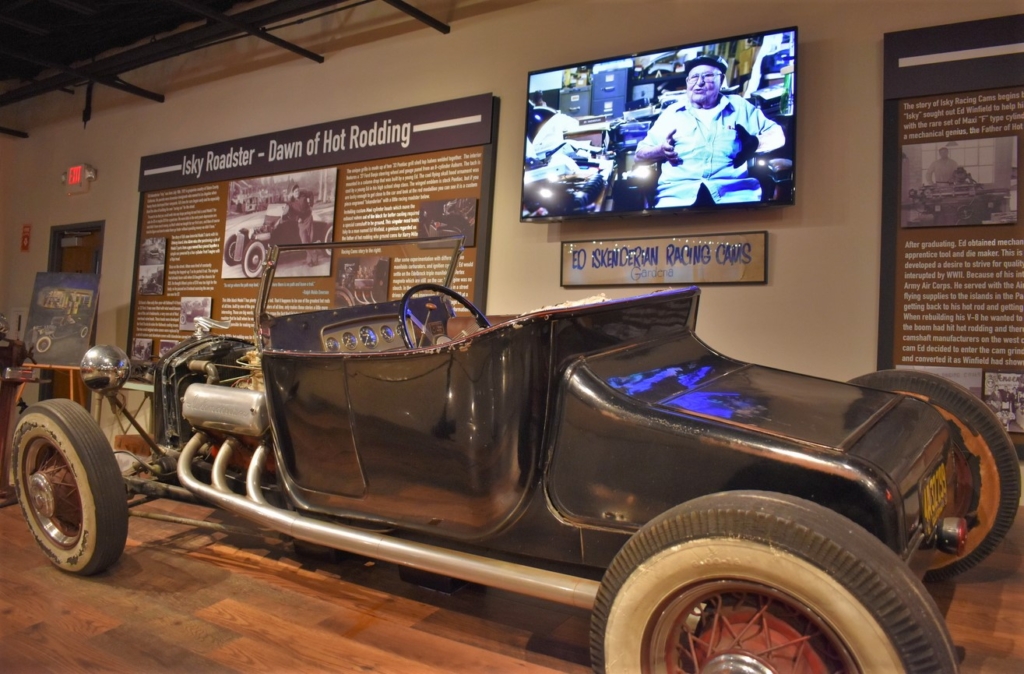
Hot Rodding
While big-name teams were dropping huge amounts of money into track racing, Americans were looking for less expensive ways to get involved. After World War II, veterans found sport in racing down decommissioned aircraft landing strips. These long straightaways were perfect for short races and would become known as Drag Racing. The rules were simple; be the first to cross the finish line. While the distances would vary, 1/4 mile became a common length for many drag races. For those wanting to learn more about the early players in this sport, there is tons of information available. We didn’t have time to read it all, so you’ll want to block off at least a half day to explore this museum.
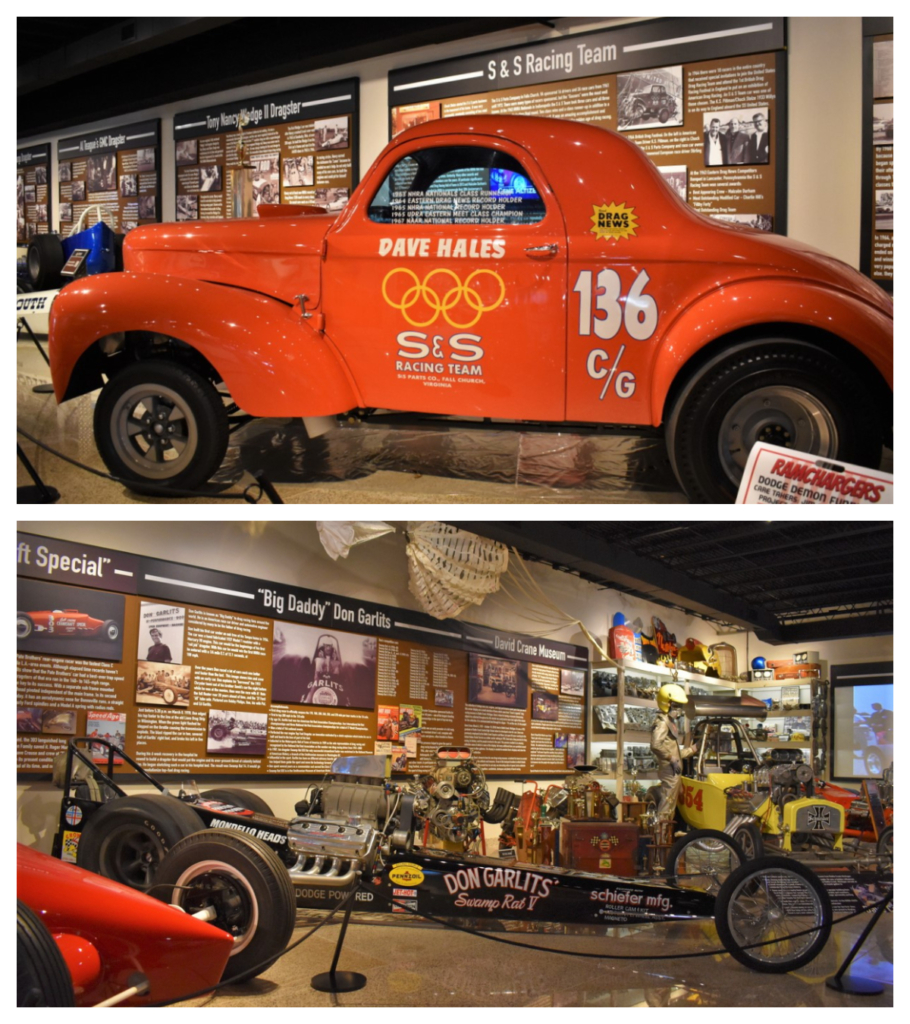
Drag Racing Icons
While veterans careened down airstrips, teenagers were racing on rural roads. America’s youth loved their cars and looked for ways to display their mechanical prowess. “Souped-up” autos would vie for bragging rights in mad-dash competitions. Once again, the 1/4-mile was a popular distance, as it was often the unit of measure for a rural block. It’s crazy to think that many of these hot rods could reach nearly 100 mph in that short distance. By the 1950s, drag strips were being built to provide a safe space for spectators to observe these matchups. It’s safe to say that America’s love affair with racing was growing at a record pace. The feeling of the wind on your face and the thrill of speed was becoming addictive.
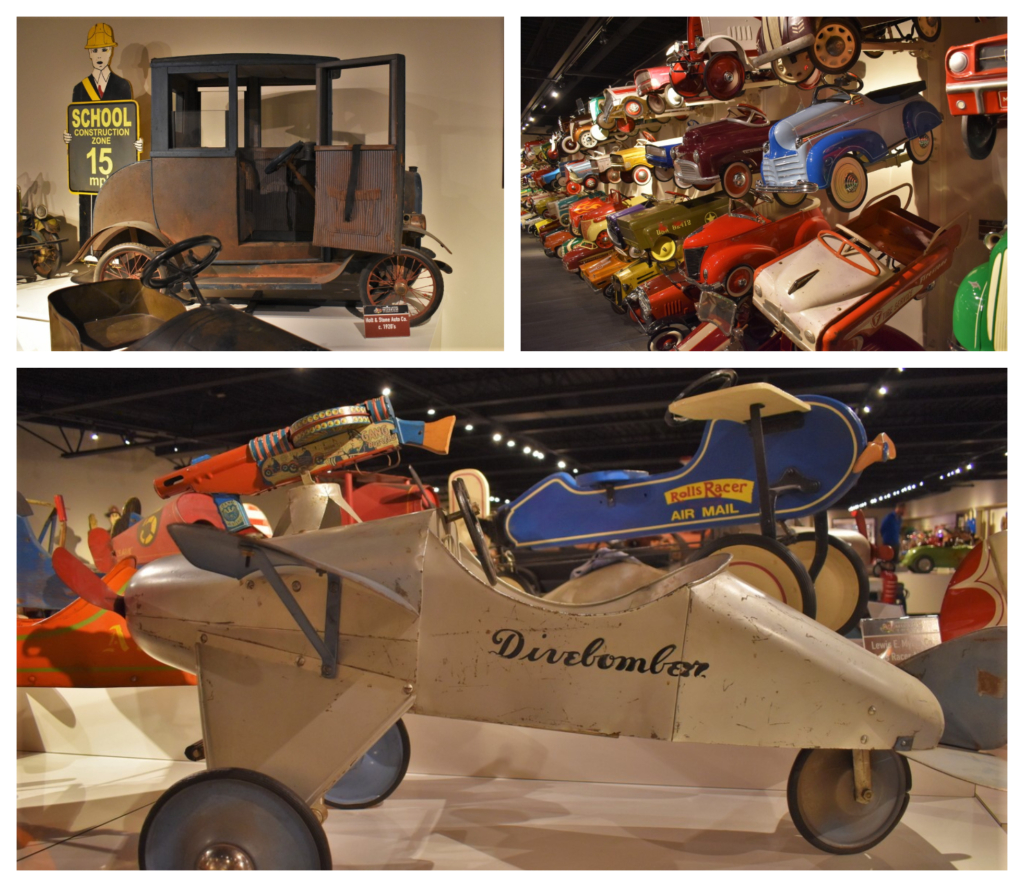
Cars Permeate American Life
After automobiles first came on the scene, it wouldn’t take long for this new form of transportation to permeate American life. Pedal cars began appearing in the 1890s and were fashioned after actual vehicles seen on the roads. The expense of these models limited their usage to primarily wealthy families. The Great Depression only made them more out of reach for the average family. After WWII, the costs had balanced out with the growing family incomes. A resurgence of popularity blossomed and soon a myriad of styles flooded the market. I remember getting a pedal car for a birthday and falling head over heels in love with my “car”. If you have fond memories of these childhood toys, you will love visiting this museum.
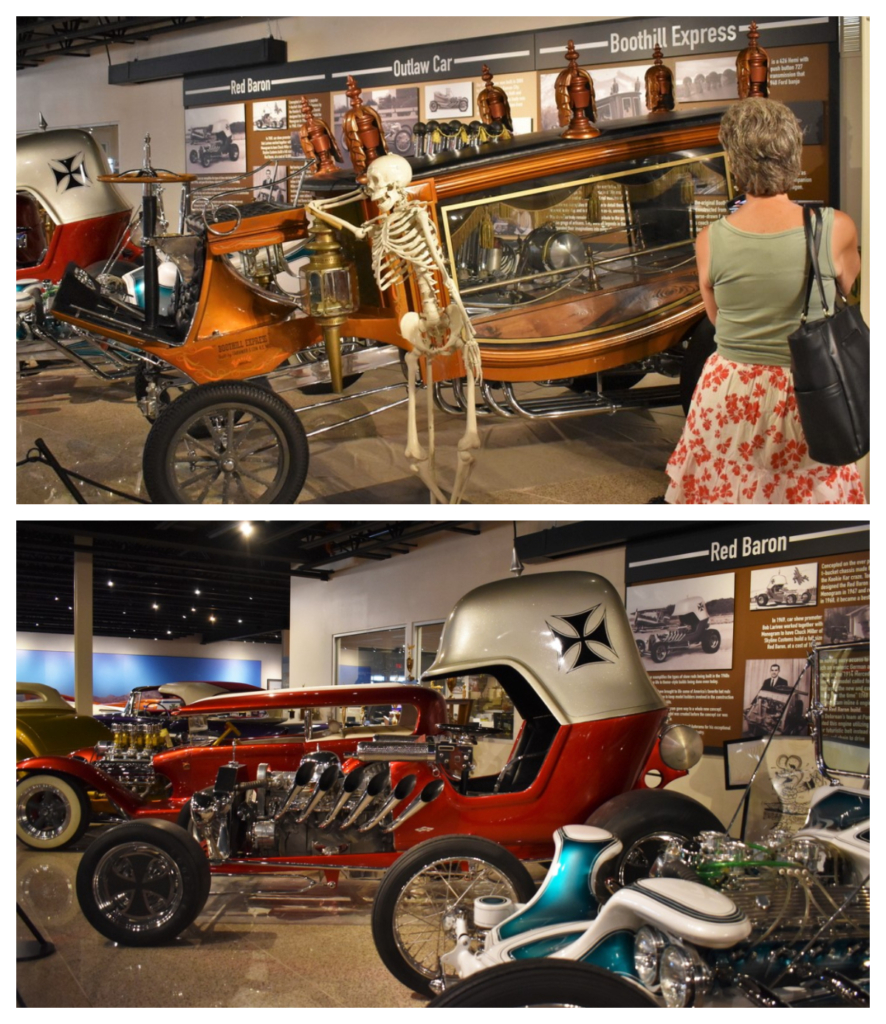
Childhood Memories
As I grew older, the move was made from toys to models. I can still remember the hours spent piecing together these intricate copies. The Red Baron was always one of my most cherished funny cars and little did I know that there was an actual full-size version. You can imagine my delight when this bad boy popped into view. Sure enough, sitting right next to it is the Boothill Express, which was another favorite of mine. I’m not sure what Crystal thought about all of these funny cars, but I know that she loves the torque of a fast motor as much as I do.
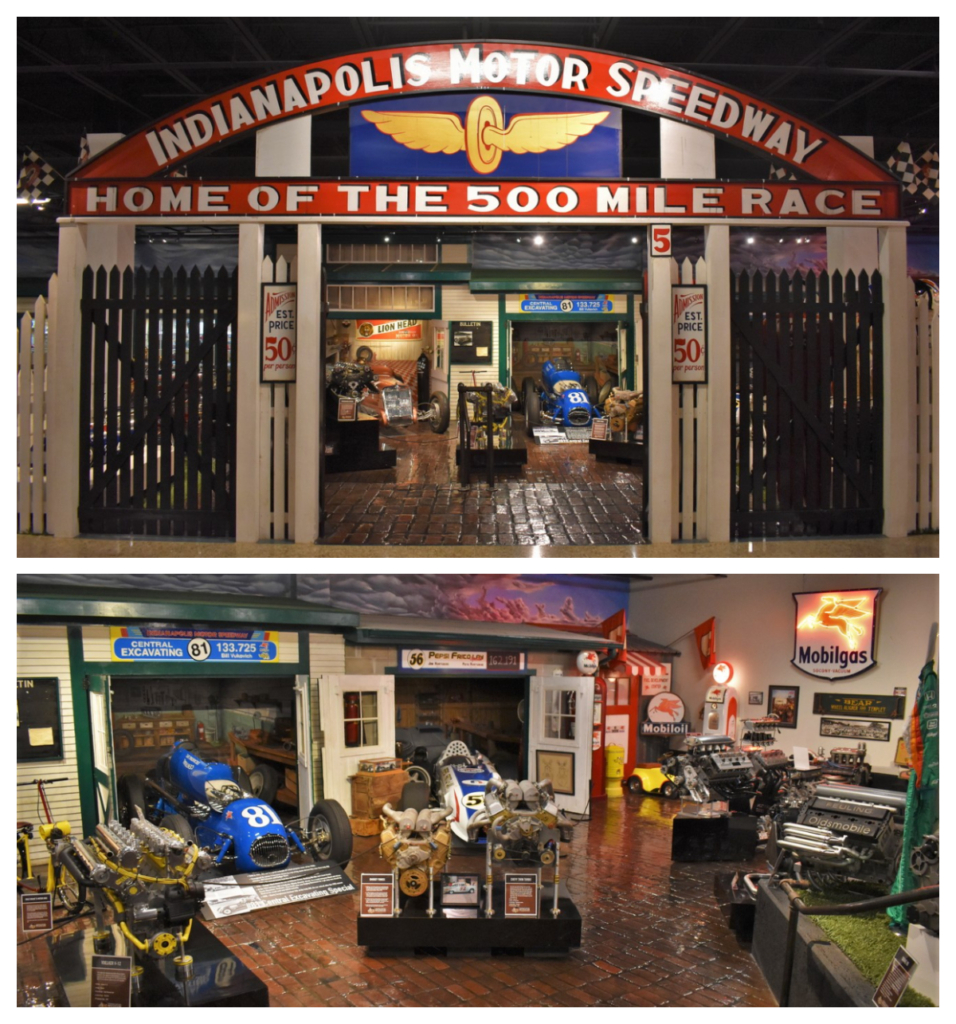
Racing Royalty
As we continued through the museum, we were impressed with the sheer volume of vehicles that they have assembled. Whether you are a fan of Open Wheel, Indy, Model T, or Land Speed vehicles, you’ll find plenty of each. Each gallery holds something new and before long our heads were reeling. We never realized how many variations could be made from the Flathead Ford engine. The museum staff has included cutaway versions to help educate visitors on the intricacies of each design. It was easy to follow the progression of power as we moved forward in time.
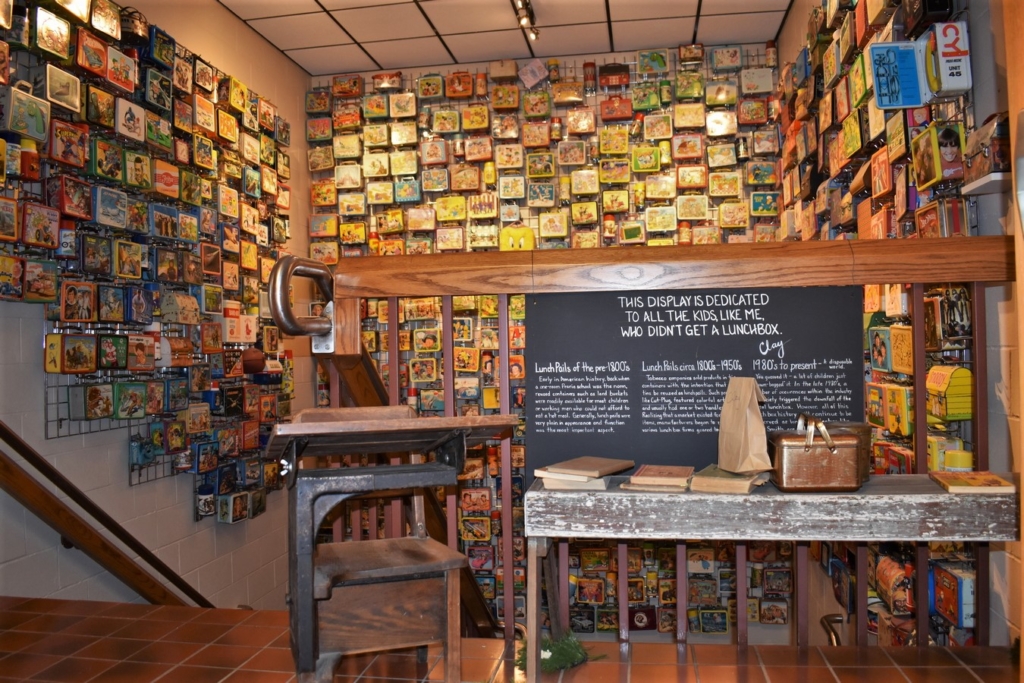
Museum Memorial
The Museum of American Speed is a family endeavor. Begun by Bill and Joyce Smith, their four sons were happy to be involved. The racing bug bit Bill at a young age and he would end up a formidable opponent for other racers. During his life, he would steer sprint, AIS Indy, Pikes Peak, and Bonneville autos to victory. The family’s collections took decades to assemble and they proudly share them with the public. When they lost their son Clay, a memorial was designed with his collection of around 600 lunch boxes. Moving through the 3 floors of galleries, we quickly realized that this family is serious about collecting. In fact, during our visit, they were in the midst of constructing a new exhibit space. When completed, it will double their current space.
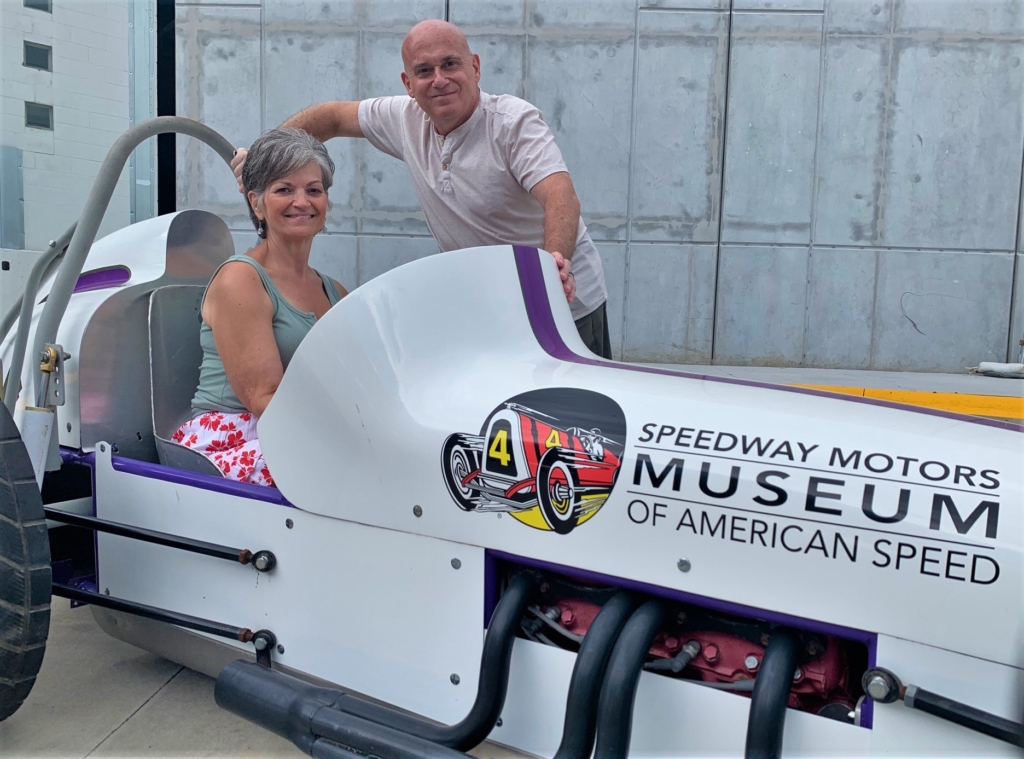
America’s Love Affair with Racing
Our visit was in the 3-hour range and we could have easily doubled it. The Museum of American Speed is a labor of love from a family with deep roots in the racing world. We spent much of our time imagining the thrill of tooling down a racetrack in one of the countless vehicles. To say that this is one of the most extensive collections we have seen would be an understatement. This place has to be seen to be truly appreciated. It is clear that America’s love affair with racing is alive and kicking as much today as at any time in history.


